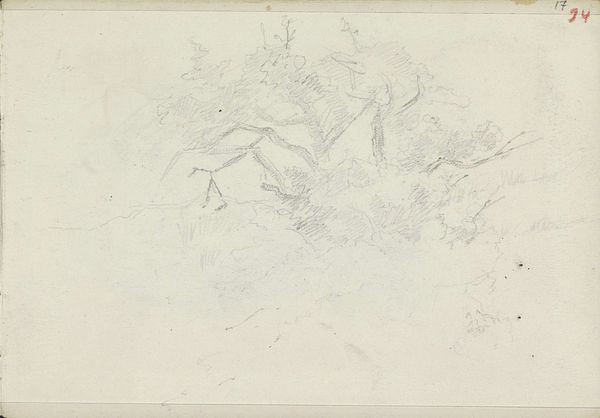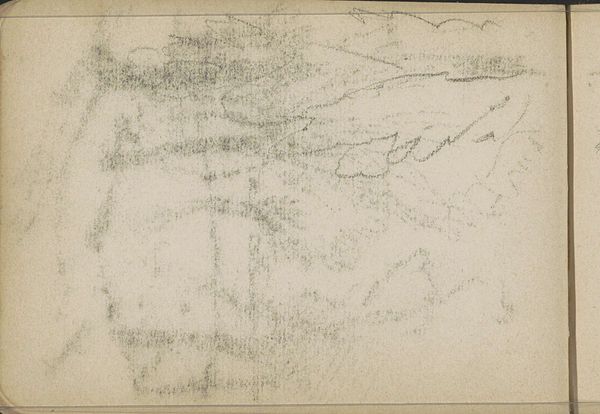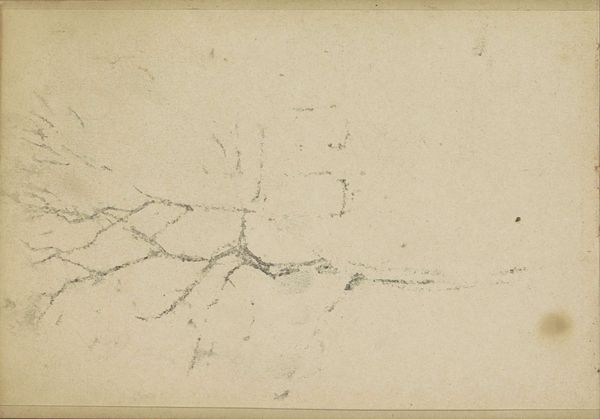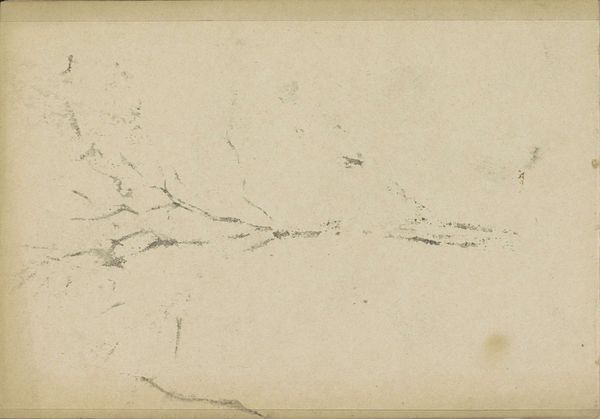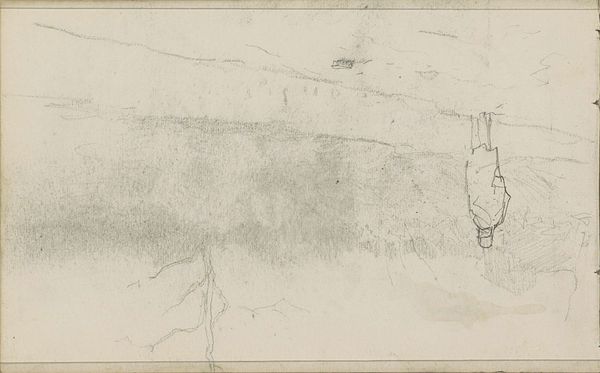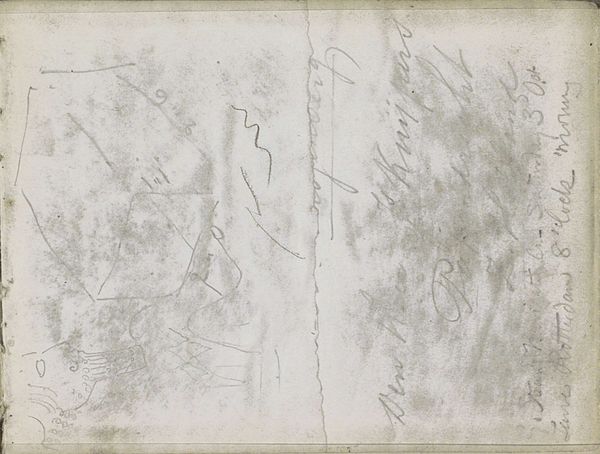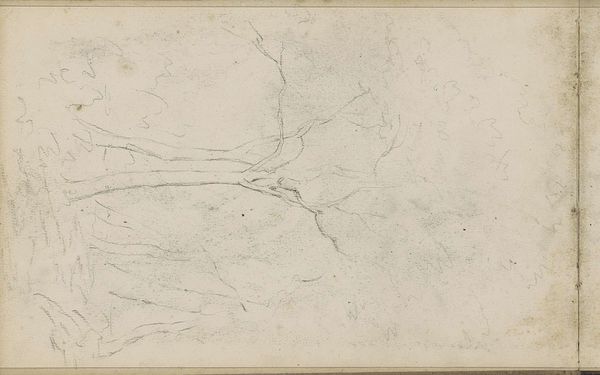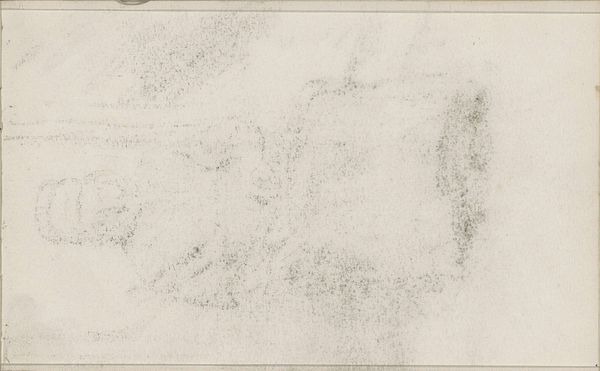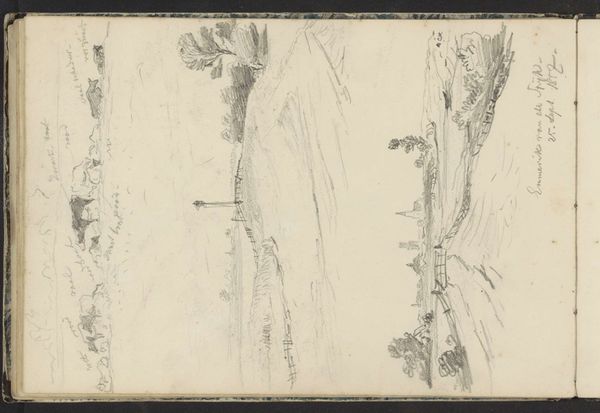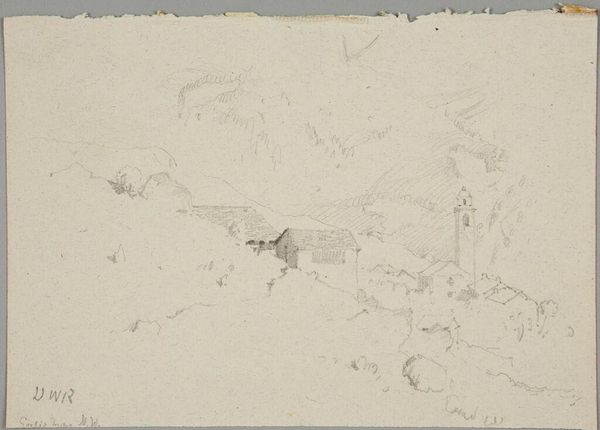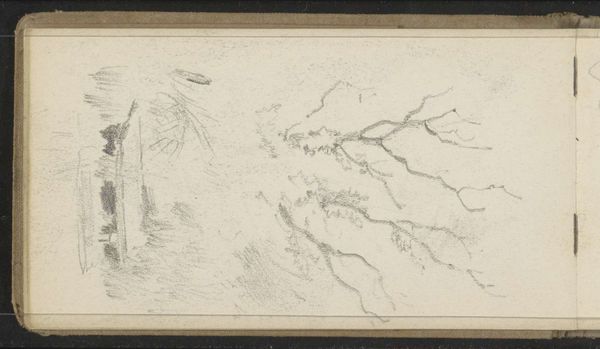
Dimensions: height 113 mm, width 159 mm
Copyright: Rijks Museum: Open Domain
Willem Cornelis Rip made this sketch, titled 'Bomen' or 'Trees', using graphite on paper. The Netherlands in the late 19th and early 20th centuries saw a surge in landscape painting, reflecting a deep connection to the land. Artists like Rip, emerging from the Hague School, often turned to the rural environment for inspiration. This focus on the landscape was not merely aesthetic; it was deeply intertwined with Dutch national identity. As cities industrialized, the countryside became a symbol of traditional values. To truly understand the work, we might delve into the archives of art academies and exhibition records. Rip's sketch invites us to consider the social values attached to landscape in the Netherlands at the turn of the century. It prompts us to ask: How did artists shape perceptions of nature, and what role did these images play in the broader cultural and political landscape of the time?
Comments
No comments
Be the first to comment and join the conversation on the ultimate creative platform.
